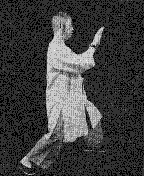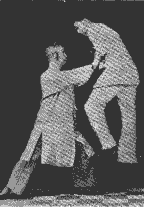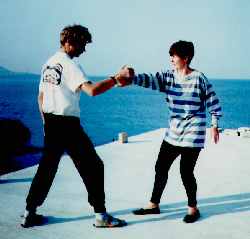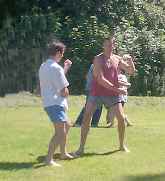
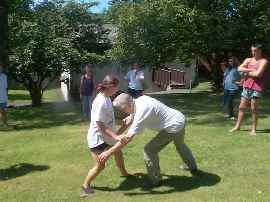
Self Defence
There is very little call for self defence in this part of the Lake District, unless you find sheep threatening! However, an understanding of T'ai Chi's martial roots and the martial applications of the moves of the forms is essential to balance our practice. Physical forms for self defence rely on the structural integrity of the body, and practising martial applications enables a greater understanding of the mechanics of the movements. At Lakes T'ai Chi everyone practices structured pushing hands and partnerwork. This can be very gentle or more vigorous, depending on the group, and allows us to observe how we interact with others. We do not practice pushing hands for combat or fighting, except against our own ”self defence”.
